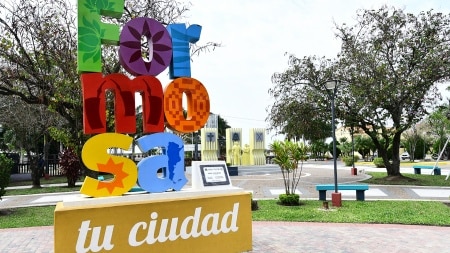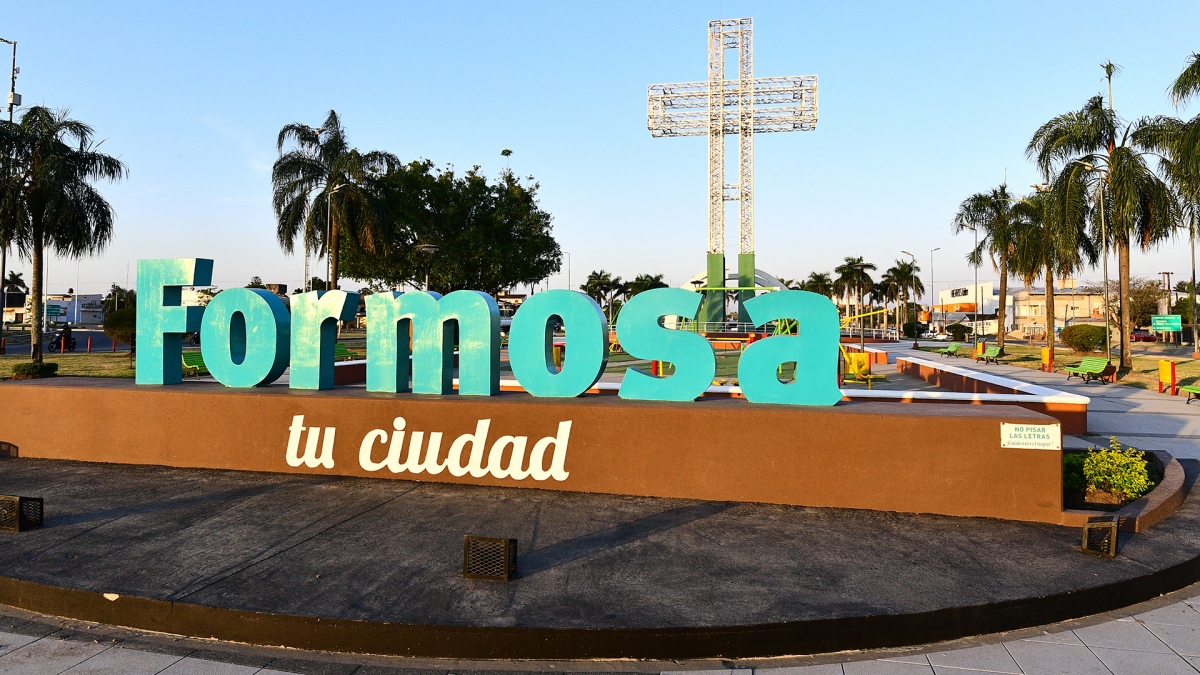 Photo: Courtesy Ariel Ramos, Municipality of Formosa.
Photo: Courtesy Ariel Ramos, Municipality of Formosa.
The formosa city offers tourists a varied agenda of activities, which during December and January includes culture, handicrafts and the gastronomic fair of the Paseo Ferroviario, on the banks of the Paraguay River.
According to the municipal tourism director, Cristina Solomonthis capital invites tourists to “rest, disconnect from noise, walk barefoot, connect with the peace of nature and enjoy typical foods such as fried surubíes, chipás, Paraguayan soups, and refresh yourself with the popular tereré with remedies refreshing”.
Some dishes of the local culinary heritage are the formosa stew, with red or pork chorizo; the Paraguayan soup, and the alito, a typical urban food from Formosa, with breadcrumbs, chicken, vegetables and grilled cheese, between layers of meat.
In the gastronomic pole of the rail ride there are places that offer those typical foods, as well as fried alligator; the picada rosaguarú, which has Paraguayan soup, manioc sticks, Paraguayan cheese balls, chori oschi and Creole sauce; a drink called “La Siestita” and a dessert with crunchy, cream and mango mousse from the trees on the same promenade.
Solomon also referred to the “fair tourism”which generates job opportunities for entrepreneurs and boosts the local economy.
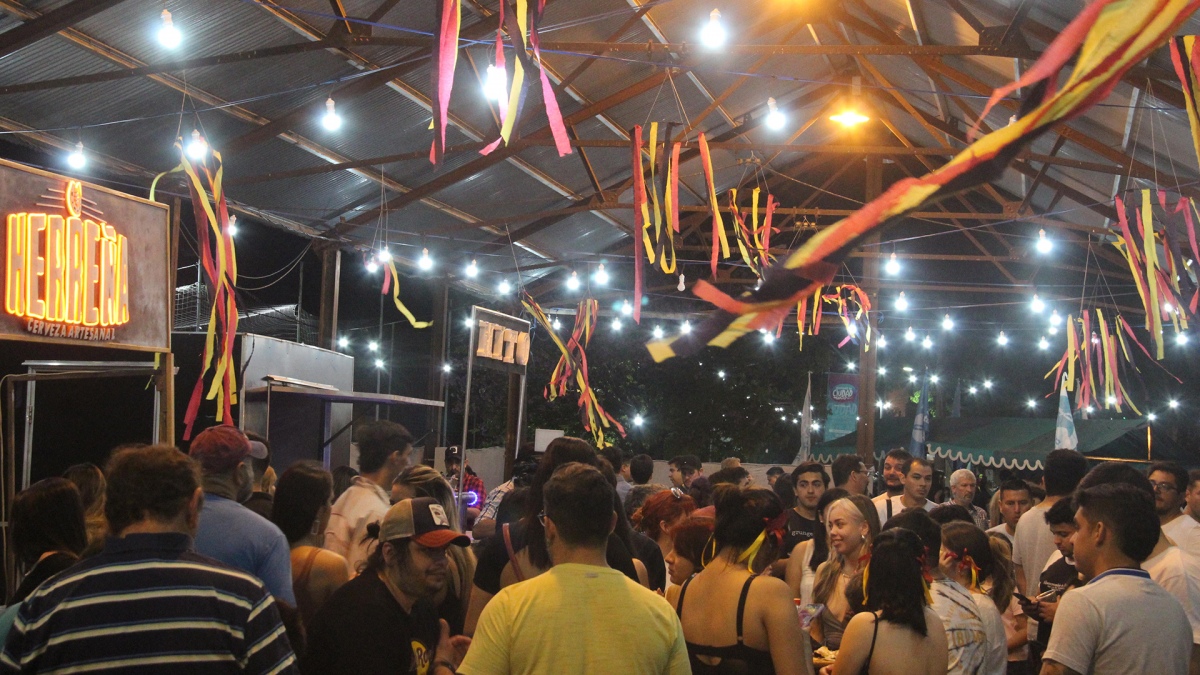 Photo: Jose Gandolfi.
Photo: Jose Gandolfi.
The first two Saturdays of the month are the fairs of Women Entrepreneursin the walk the station; las barrialeswith entrepreneurs from more than 160 neighborhoods, in the Courtyard of the Intendancyand the Retroin front of the Railway Museum.
On Sundays they open the Fair Afternoon with Friendsthe Eco River Fair and the American Neighborhood Fairwhile the square in the Nueva Formosa neighborhood is open on Fridays.
Other options are a religious tour through the churches of the capital and through the downtown area, to learn about its history.
Formosa also has an important network of museums, and during your stay you can visit The Way of the Murals; and in the Serpentarium, with a guided visit, the herpetofauna of the province is exhibited.
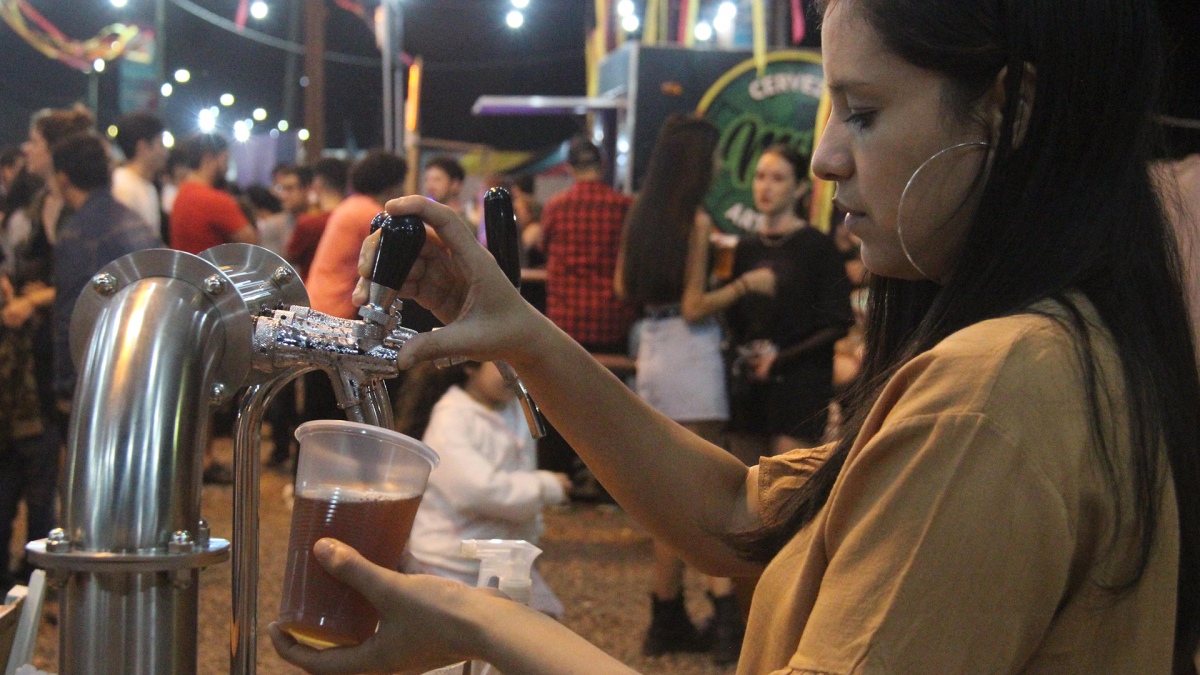 Photo: Jose Gandolfi.
Photo: Jose Gandolfi.
The Way of the Irupé It is a nautical tour that allows you to discover the flora and fauna of streams and lagoons, while in Laguna Oca a photographic safari is offered, with bird watching and contact with the water.
Adventure lovers can take 4×4 tours, horseback riding, fishing, hiking and observing capybaras on Island 9, as well as delving into the Paraguay River.
The municipality offers an “urban bike” service, as another way of getting to know the city. With them, “we combine direct contact with nature, sports and a contribution to the environment by using sustainable means of transport,” explained Salomón, who recommended visiting the mayor’s palace, on the coast of Paraguay, within the old town. and inaugurated in 1930.
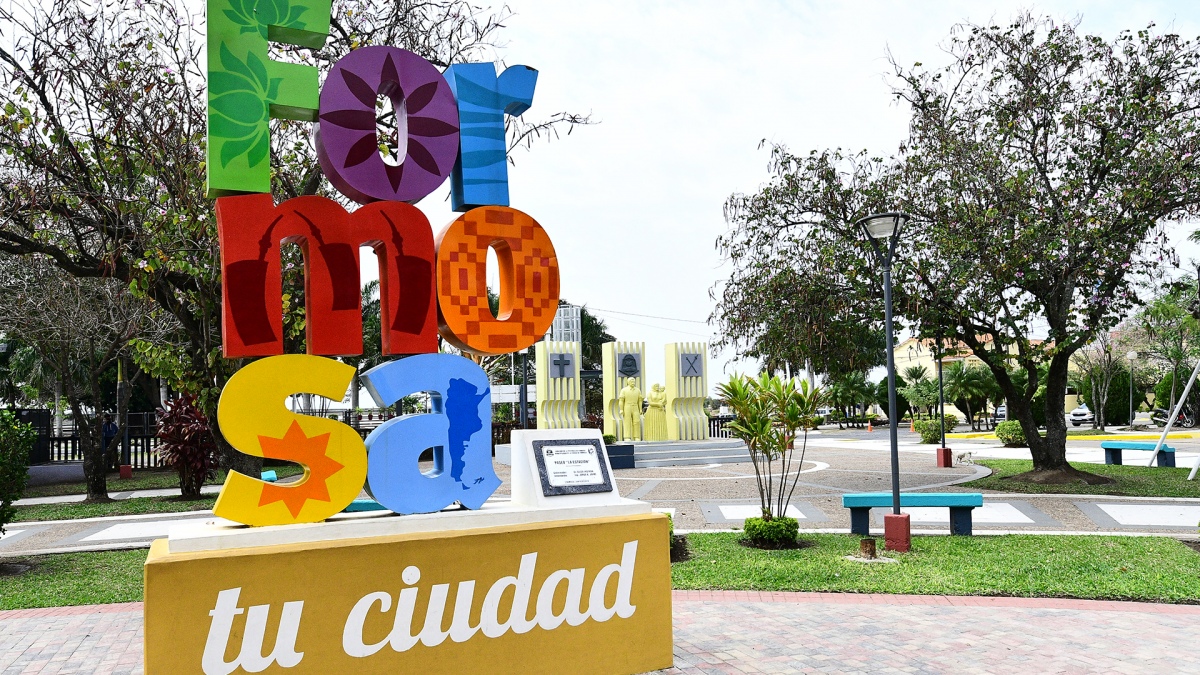 Photo: Courtesy Ariel Ramos, Municipality of Formosa.
Photo: Courtesy Ariel Ramos, Municipality of Formosa.
He also referred to rail ride as one of the most attractive places in the city, “a meeting space where history is combined through walks through the vestiges of the wagons of the Ramal C 25 Manuel Belgrano Line, as well as local gastronomy”.
On the banks of the Riacho Formosa you can do recreational and sports activities, such as beach volleyball, horseback riding, kayaking and biking, and beach soccer.
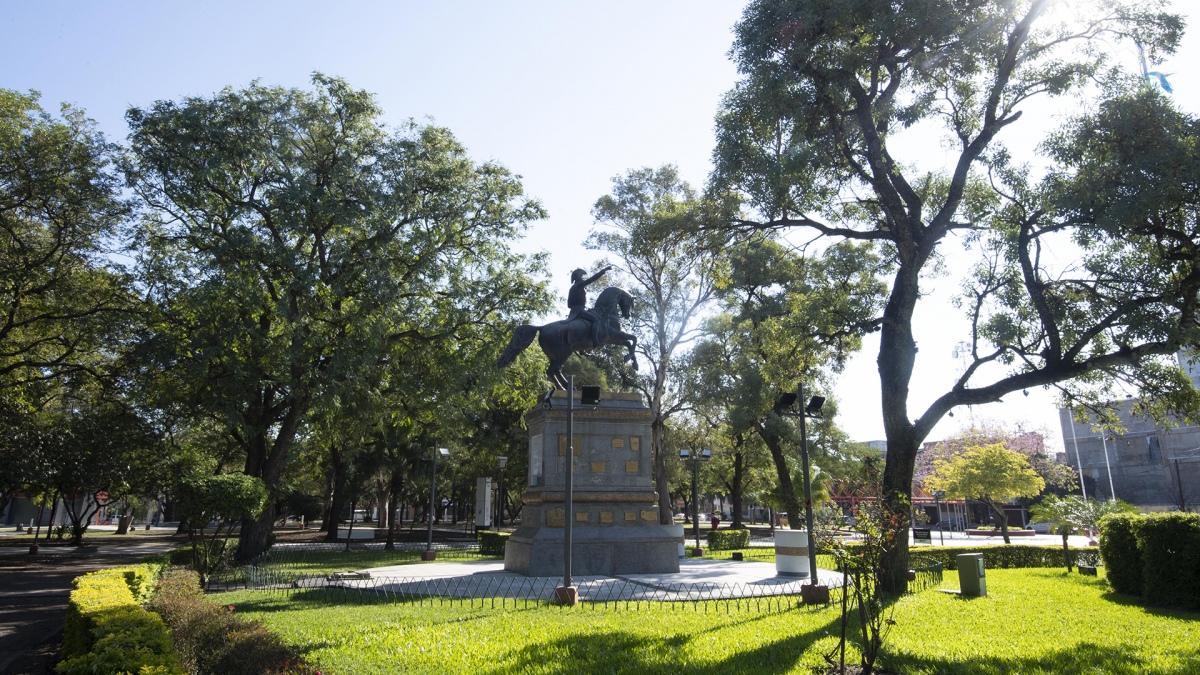 Photo: Courtesy Ariel Ramos, Municipality of Formosa.
Photo: Courtesy Ariel Ramos, Municipality of Formosa.
On the outskirts of the capital are the Guaycolec Wild Animal Reserve y The Botanical Park “Ing. Lucas Tortonelli”to enjoy the outdoors.
Many tourists walk through the Rivadavia pedestrian to get souvenirs, shop in general and explore the downtown area, with attractions such as the first illuminated sign and an emblematic clock from the 60s.
Salomón specified that “with a variety of hotels, temporary rentals, cabins, villas, clubs, the city offers you the best comfort for your stay in it, with 4-star hotels to the hostels that best suit your budget.”


